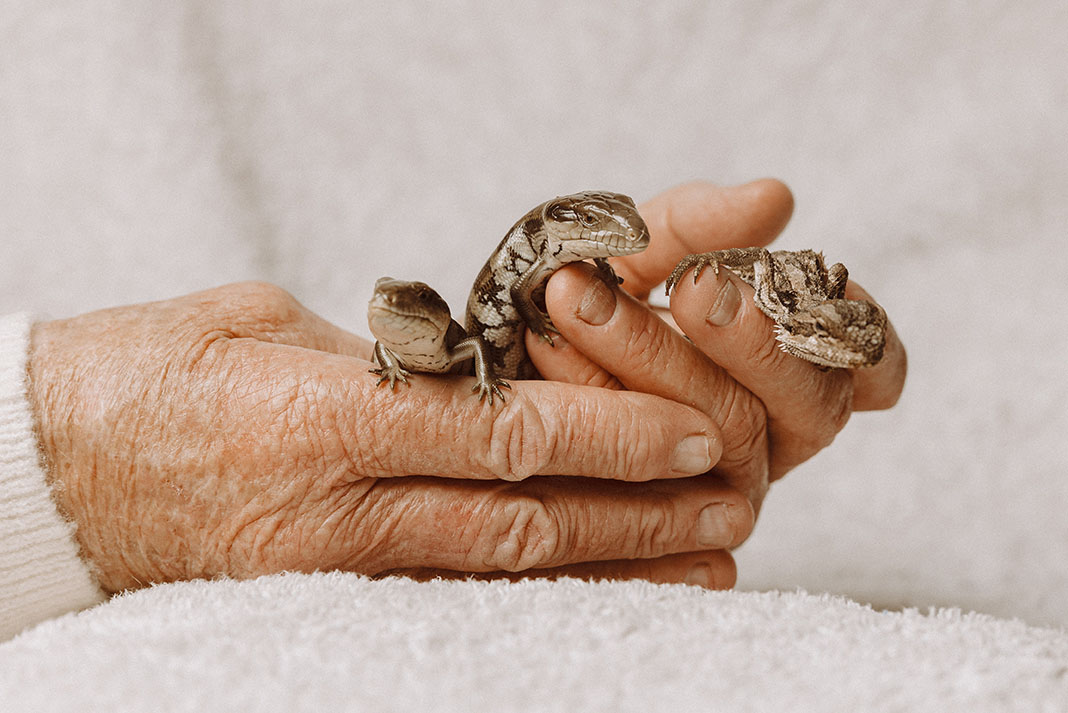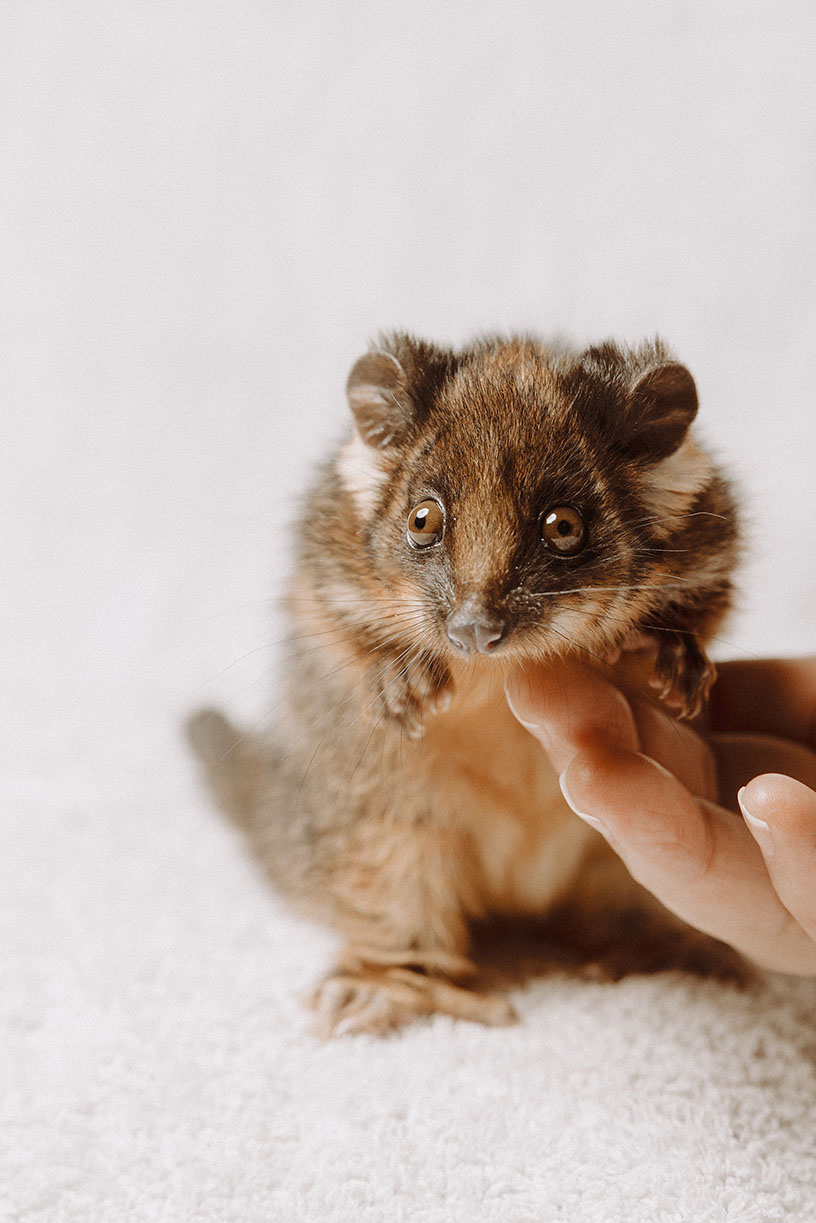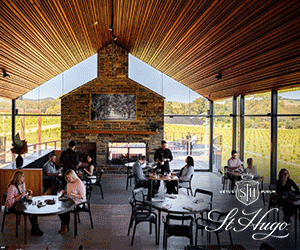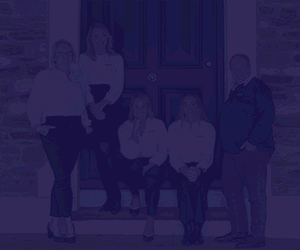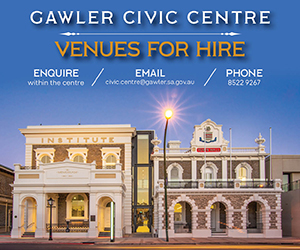Story
It’s a wild life
words TODD KUCHEL
PHOTOGRAPHY pete thornton
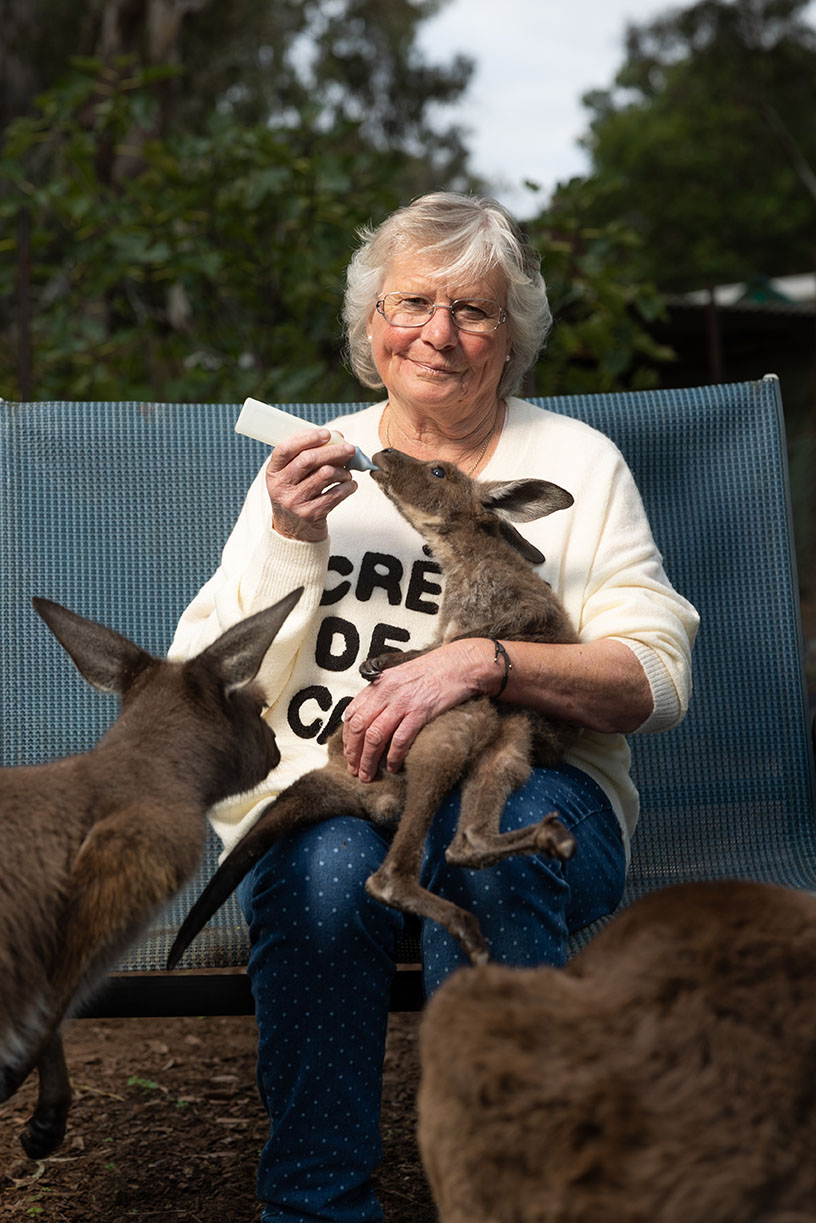
It takes an incredibly selfless person to care for injured wildlife. Like many things that go unseen, it can be easy to ignore the number of orphaned and injured wildlife in the Barossa Valley.
The idea of raising a kangaroo had interested Rose Brooks for quite some time when, by chance, a colleague heard her mention it at work one day 25 years ago and offered to arrange it. Four days later, Rose received a call.
There had been a car accident involving a kangaroo in Quorn, which left a female Euro joey orphaned.
Rose, enthusiastic to meet the little one, drove six-hours to collect her, unaware of the impact she would have.
The joey was named Bunty.
At the time, Rose was living at Pooraka, which resulted in Bunty enjoying some suburban comforts.

“She used to come away with me on weekends in the passenger seat of the car, in an Australia Post box, hanging on around the corners as we went around the Chain of Ponds.”
- ROSE BROOKS
“She used to come away with me on weekends in the passenger seat of the car,” Rose explains, “in an Australia Post box, hanging on around the corners as we went around the Chain of Ponds.”
Other times she would take rides in the car to the supermarket and stand on the back seat, looking out the window.
Rose laughs recalling the way drivers would look out their window like, “oh dear, that’s a kangaroo in the front seat.”
“She was pretty special,” Rose smiles.
Bunty remained the lone orphan for some time.
Rose was working full time at the Department of Defence at this point, and at the Air Force Reserves on weekends. However, caring for Bunty was the most rewarding role of all.
She was soon looking for a piece of land in the Valley, and eventually moved to a half-acre property at Lyndoch.
Word of Rose’s acceptance of injured wildlife spread throughout the Barossa community and the demand for Barossa Wildlife Rescue (BWR) increased dramatically.

Along with many orphaned joeys, Rose was – and is still – accepting echidnas, koalas, possums, and birds of all kinds.
Even with all of them on her half-acre property, not once has she received a complaint from a neighbour.
Though she has received word that, during warm nights when neighbours have had their windows open, they have been able to hear the kangaroos pass wind.
Rose explains that this is the loudest noise she has heard a kangaroo produces, besides calling for its mother.
Rose very quickly recognised the importance of BWR and the need to build it into an enduring legacy.
For almost 20 years, Rose was the solitary volunteer at BWR, caring for the animals solo, out of her own home and pocket.
Fortunately, in the past 10 years, Rose has received volunteer assistance. Now, 24 years after BWR’s beginning, it is a registered charity with over 50 volunteers, who assist in a variety of roles, including on and off-site wildlife care and rescue, administration, and maintenance.
BWR also has a large animal rescue team, that are trained to assess, rescue, and humanely euthanise large, injured animals when necessary.
This year alone, BWR is expecting to reach 700 rescues.
When asked if Rose ever expected the BWR to become as big as it is now, she replied,
“No, not all. But I was hoping someone would help get it here, and they have.”
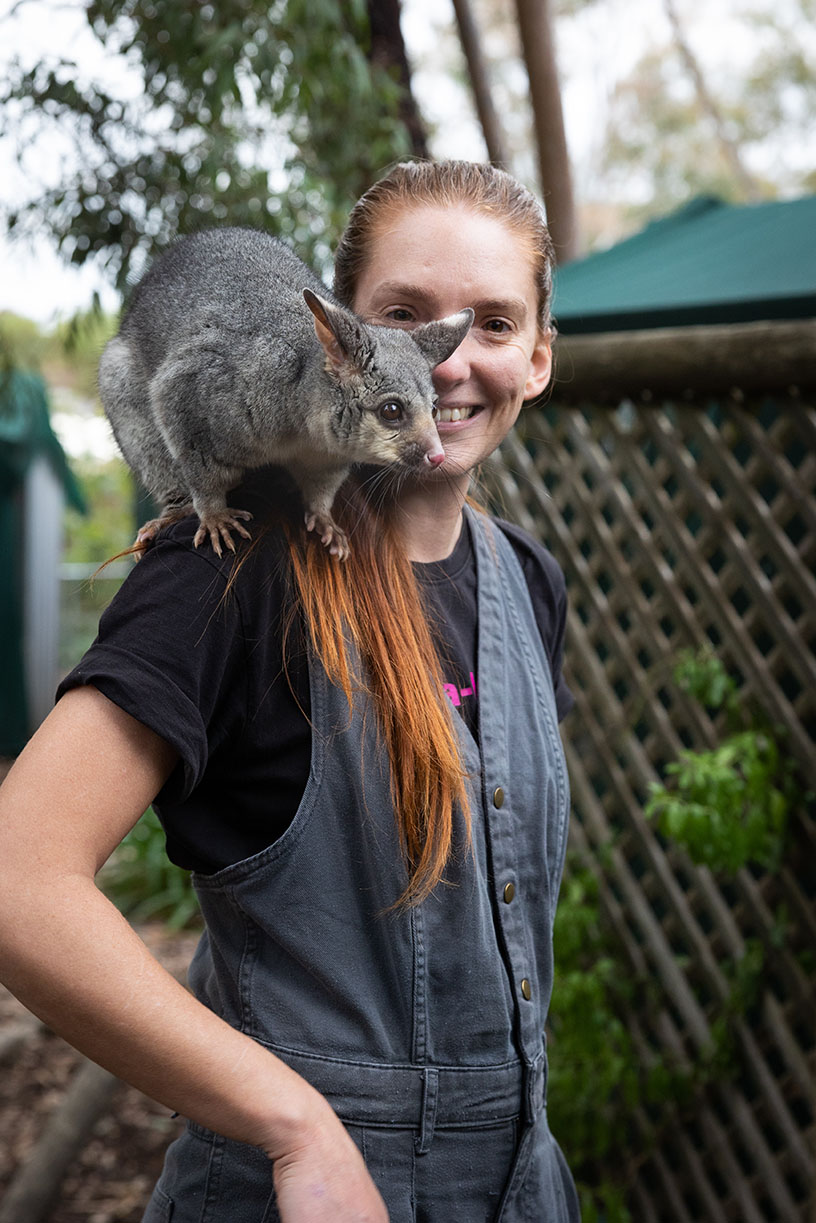
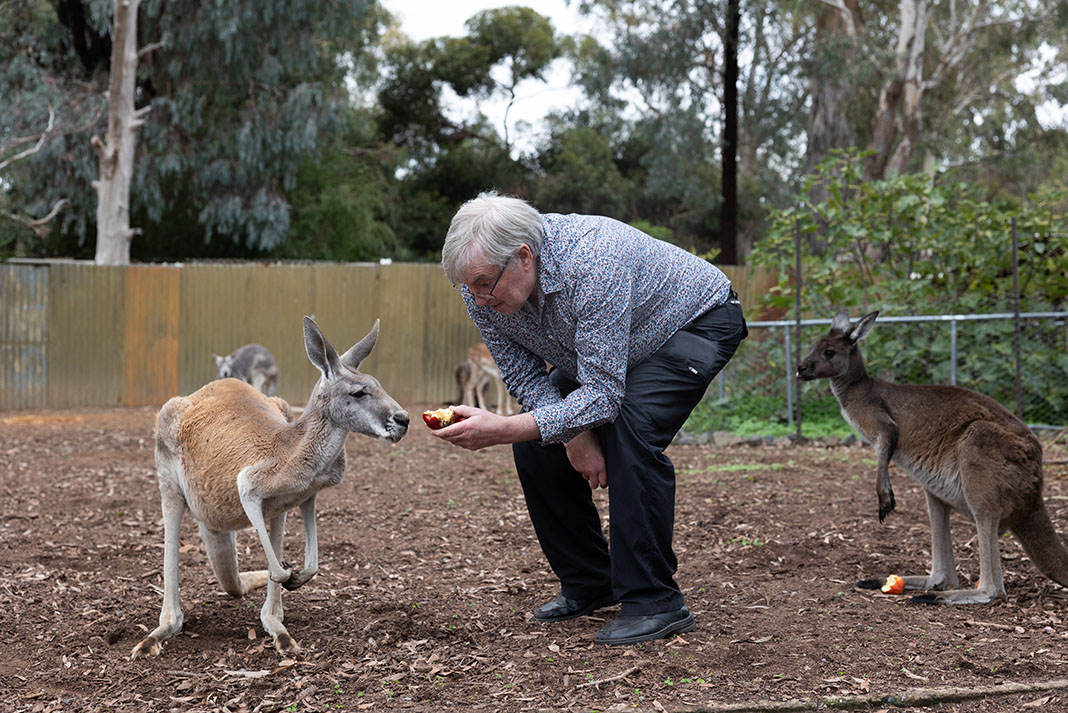
The BWR is also fortunate to have the support of two local vet clinics, Gawler Animal Hospital, and The Vet Clinic at Angaston, with no effort spared in caring for the injured wildlife.
“If they have a heartbeat, we have to try,” says Rose.
Rose also expresses great concern regarding the causes for the animals’ injuries.
“Most of the time it’s cars,” Rose explains. “People need to slow down on the roads and be aware of the speed limit around here.”
When injuries aren’t caused by vehicles, it’s usually something else made by humans, like becoming stuck in fences, or animal displacement from ruined homes due to new developments.
“We are finding kangaroos and koalas in car parks, backyards, places they wouldn’t usually go,” Rose says.
Rose is current busy working with numerous parties in an effort to establish a sanctuary for the recovered kangaroos.
Here in South Australia, legislation prohibits the release of hand raised kangaroo joeys, and the BWR is running out of options.
Rose believes a sanctuary would be a boon for local tourism and a lifeline for countless orphaned joeys that have nowhere else to go.
“This is something I’d like set up so when I pass away it’s going to be somewhere for the wildlife to go and be rehabilitated.” Rose explains. “I’d also like to see more support from the community and to keep rescuing our wildlife. We can’t do it Australia wide, but we can make a difference here!”
Although Bunty is no longer with us, the dream that she inspired is brighter than ever and now countless animals have her to thank for the incredible efforts of everyone at The BWR.
